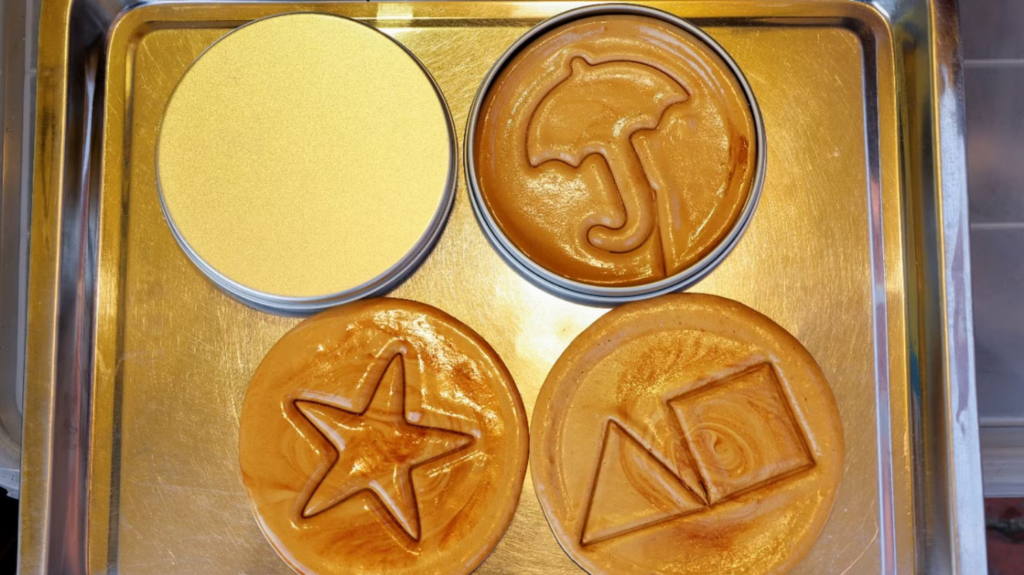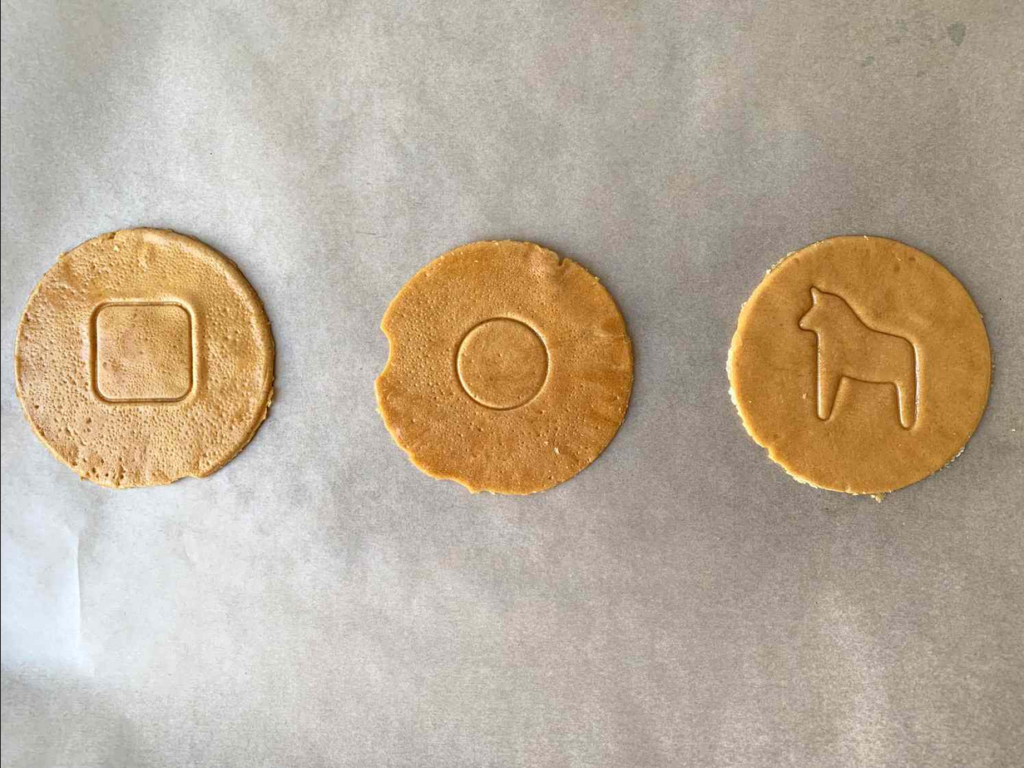One of Maddy Park’s earliest recollections of street food dates back to her elementary school days in Seoul, South Korea, where vendors would set up a portable stove to sell a unique candy for about a dime. This dalgona candy, a combination of a sweet treat and a game, was created by melting sugar and frothing it up with a pinch of baking soda. The mixture was then flattened and stamped with shapes like circles, triangles, squares, stars, or umbrellas. The challenge, known as ppopgi, involved children using a needle to extract the stamped shape without breaking the brittle candy, with success resulting in an extra treat.
Now 28 and residing in New York, Maddy fondly recalls dalgona as a cheap, unhealthy, yet irresistibly addictive indulgence from her childhood. Memories of this candy have resurfaced for many Koreans following the release of “Squid Game” on Netflix, particularly in the third episode dedicated to ppopgi.

JinJoo Lee, a 55-year-old Korean food blogger, notes the gambling-like element in ppopgi, reminiscent of “Squid Game” but without life-or-death stakes. Her 2018 online recipe for dalgona candy has experienced a 30% increase in traffic recently. While similar candies are popular globally, they go by different names.
Dalgona candy holds historical significance in postwar South Korea, filling a sweet void for children accustomed to free chocolates from U.S. soldiers. Initially made with glucose due to the cost of raw sugar, it transitioned to sugar after the Korean War. The honeycomb candy became widespread in the 1960s, sold near schools and toy stores.

Dalgona vendors declined in the early 2000s with the rise of online shopping and the closure of toy stores. However, the candy is making a comeback as a retro, nostalgic snack, thanks to the popularity of “Squid Game.”
Social media has played a crucial role in introducing dalgona candy to a global audience. Its name gained familiarity during the COVID-19 pandemic due to the whipped coffee trend, also known as dalgona.

Critics argue that the candy’s spread through social media can sometimes detach it from its cultural significance, becoming a representation of fetishizing K-pop and K-dramas. However, fans appreciate the candy’s unique blend of bitter, nutty, and sweet flavors.
Dalgona candy holds sentimental value for individuals like Annie Yoo, who vividly remembers the dirt roads leading to dalgona street vendors in South Korea. Despite the challenges she faced during her immigration to the United States, the candy provided a magical treat.
In the context of “Squid Game,” the art director, Chae Kyung-sun, reveals that dalgona candy was the trickiest prop to work with. The behind-the-scenes challenges included having a professional continuously make the candy during filming.
While different strategies are employed by those playing the candy game, Maddy Park, who enjoyed dalgona candy in Seoul, never managed to win a free treat despite her attempts.
